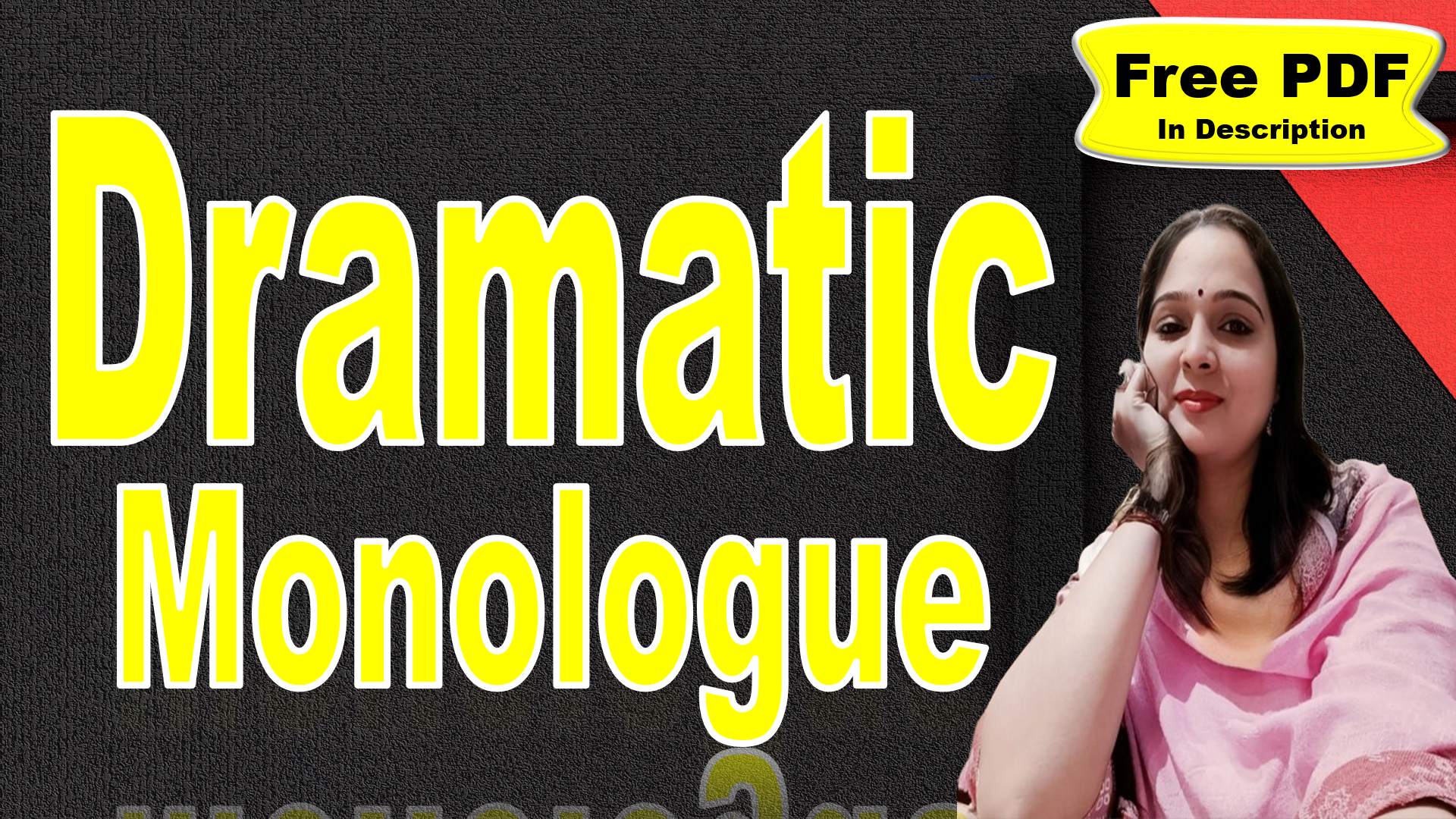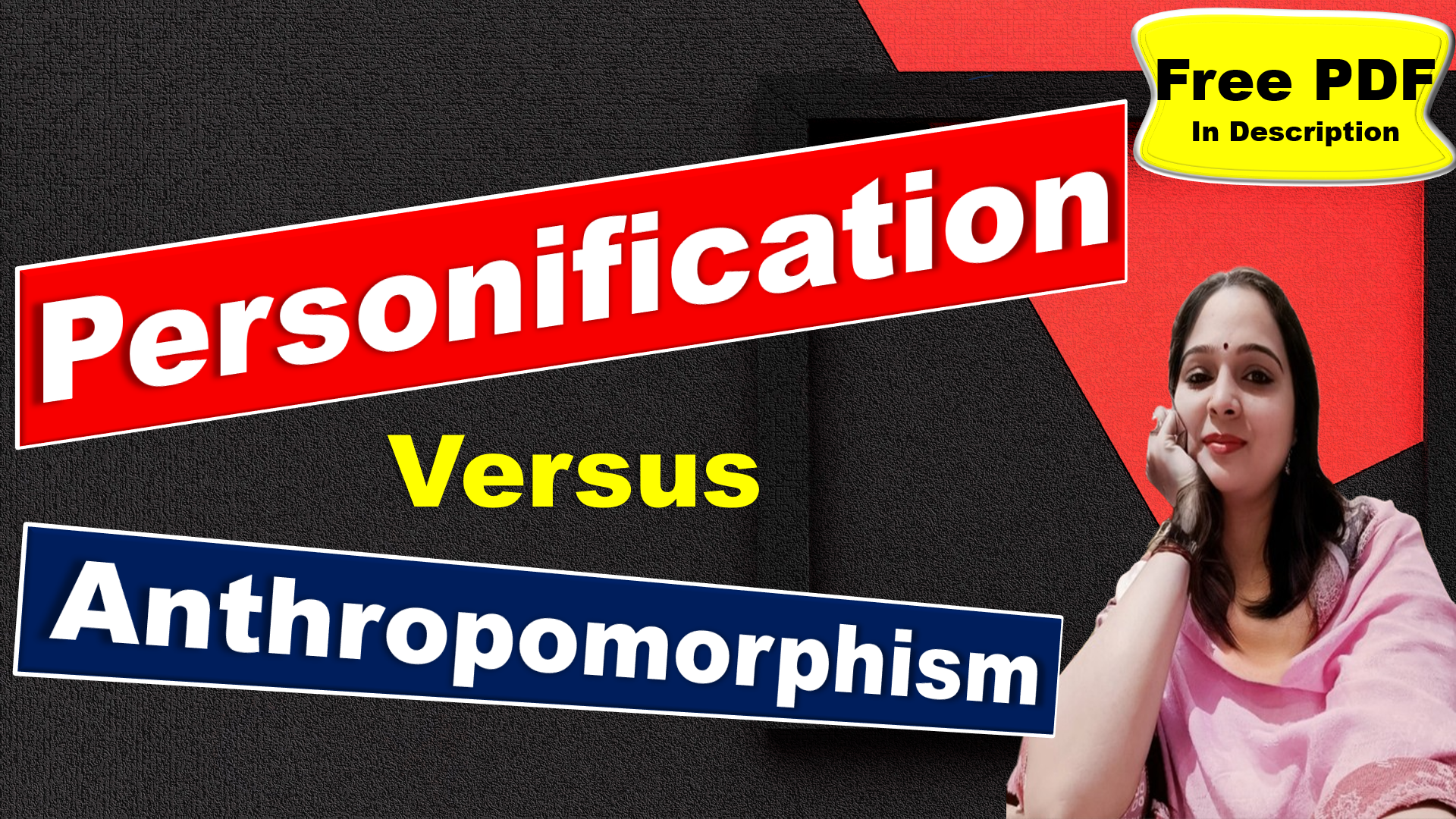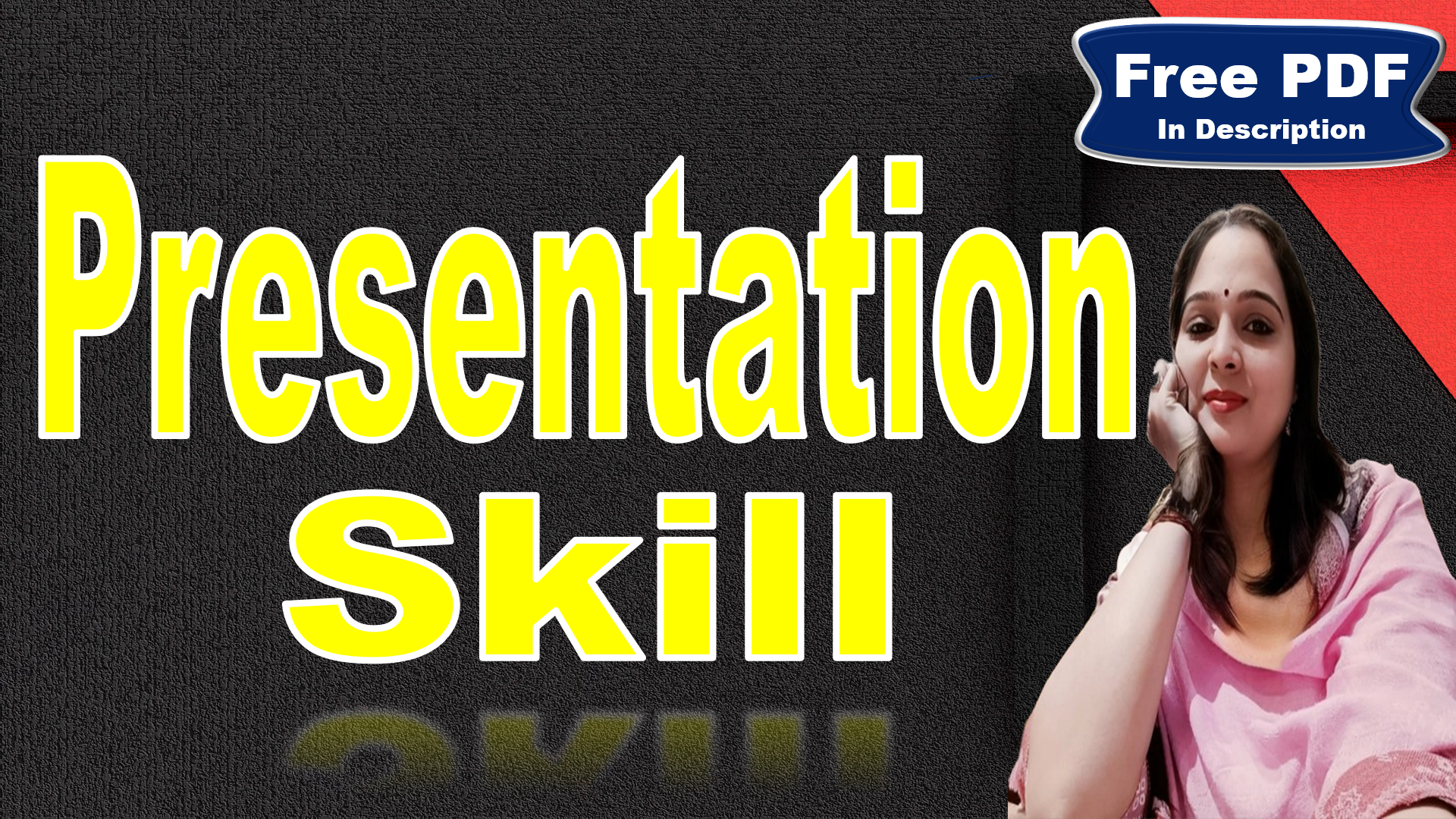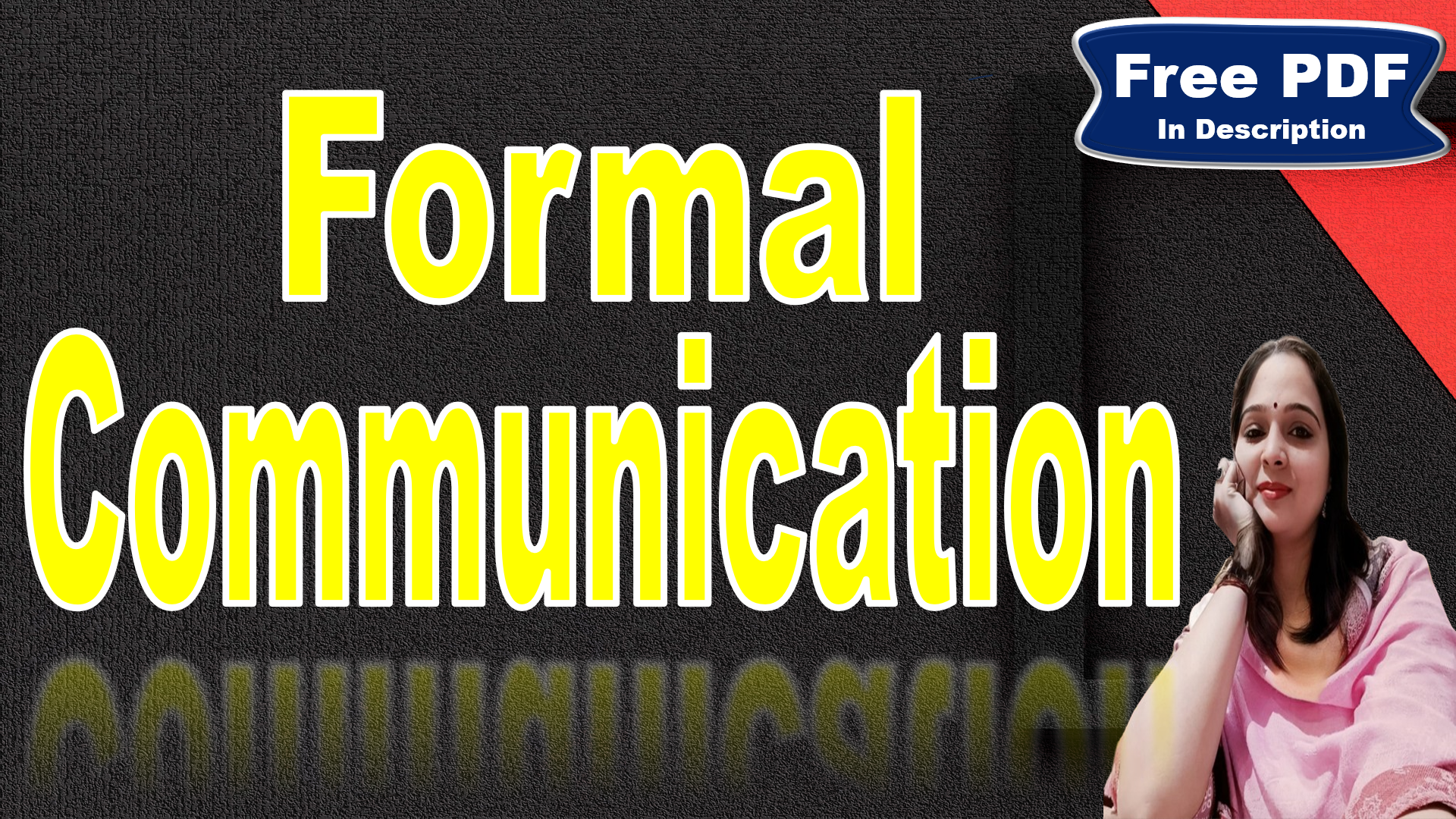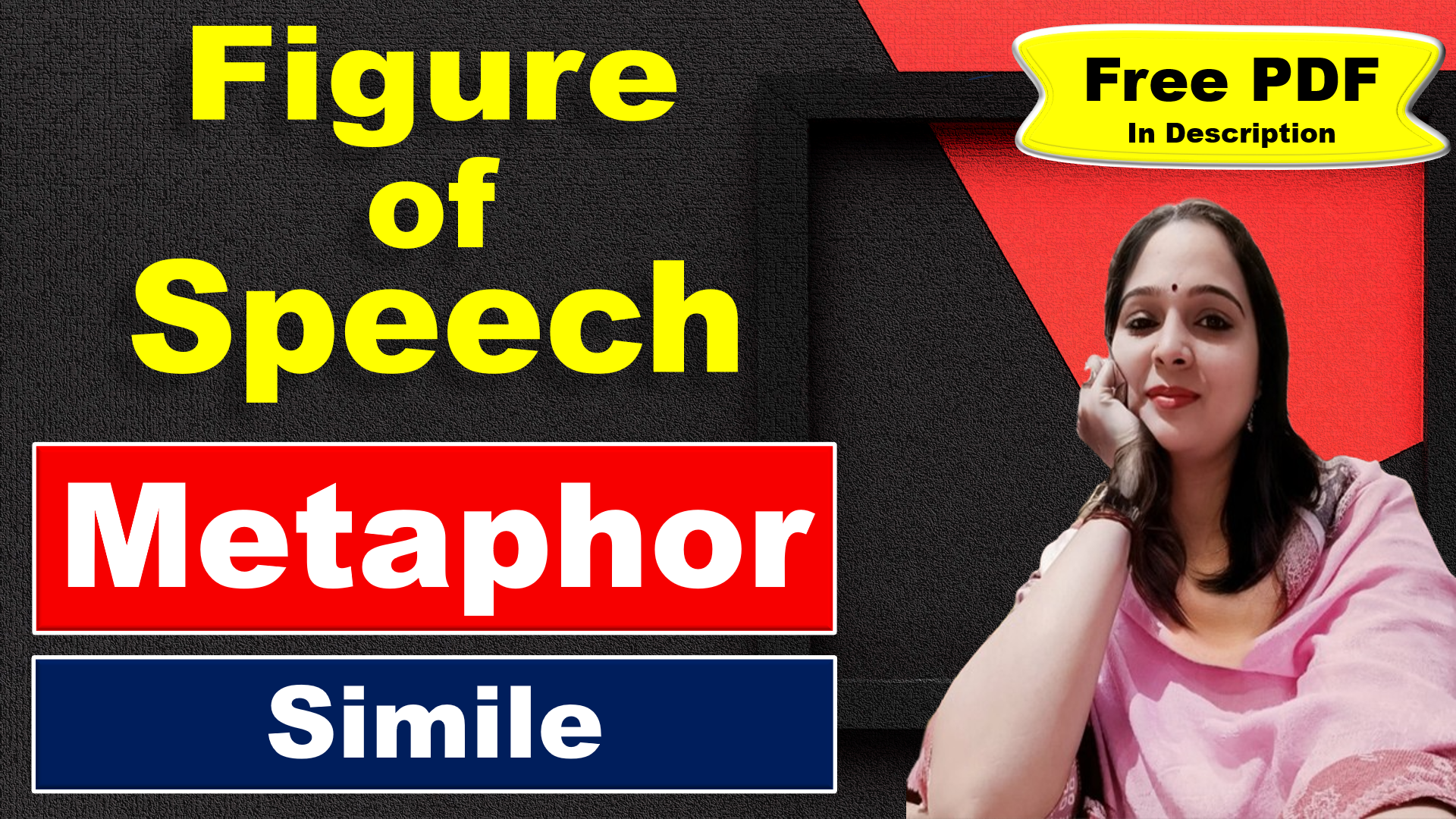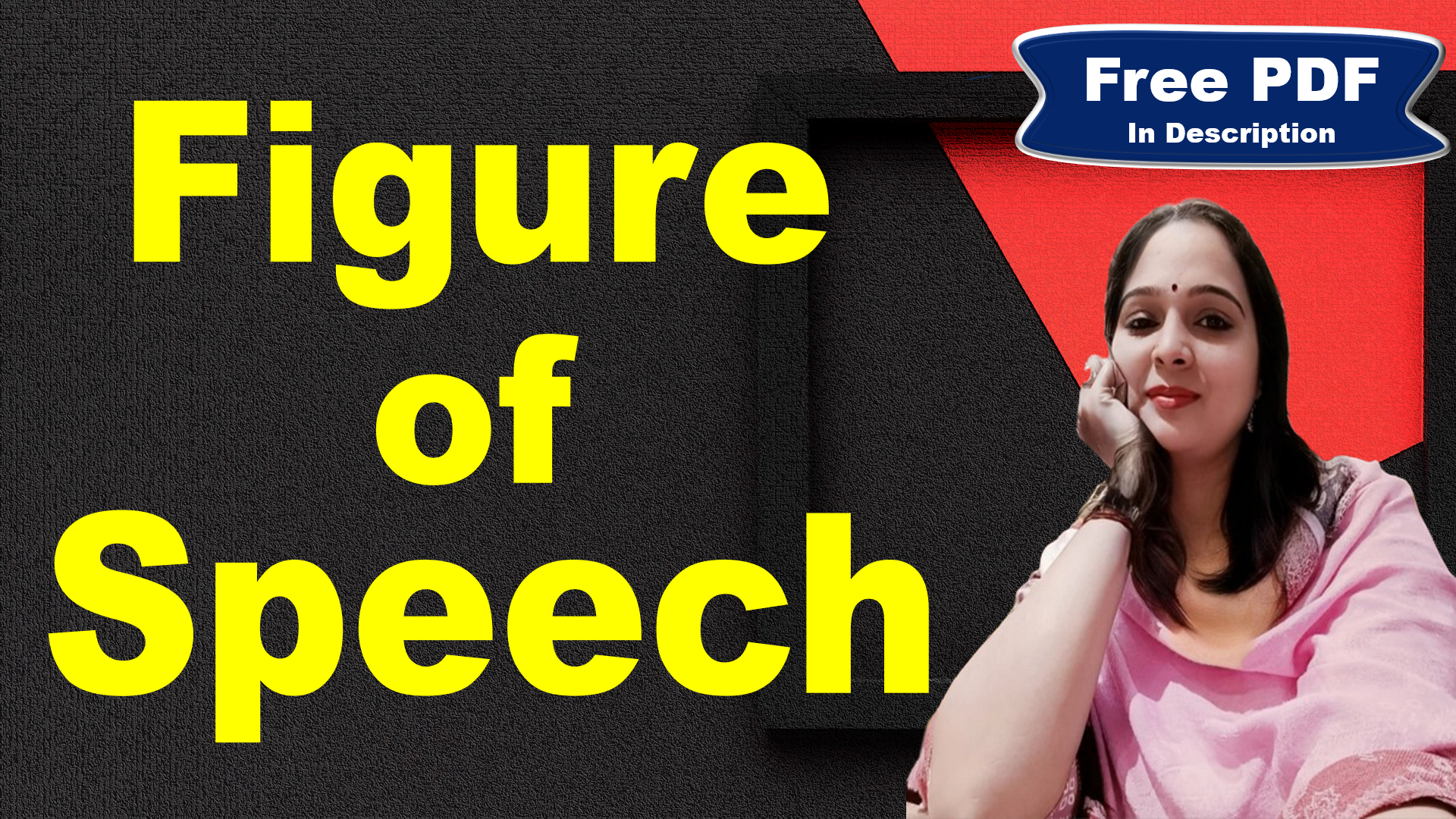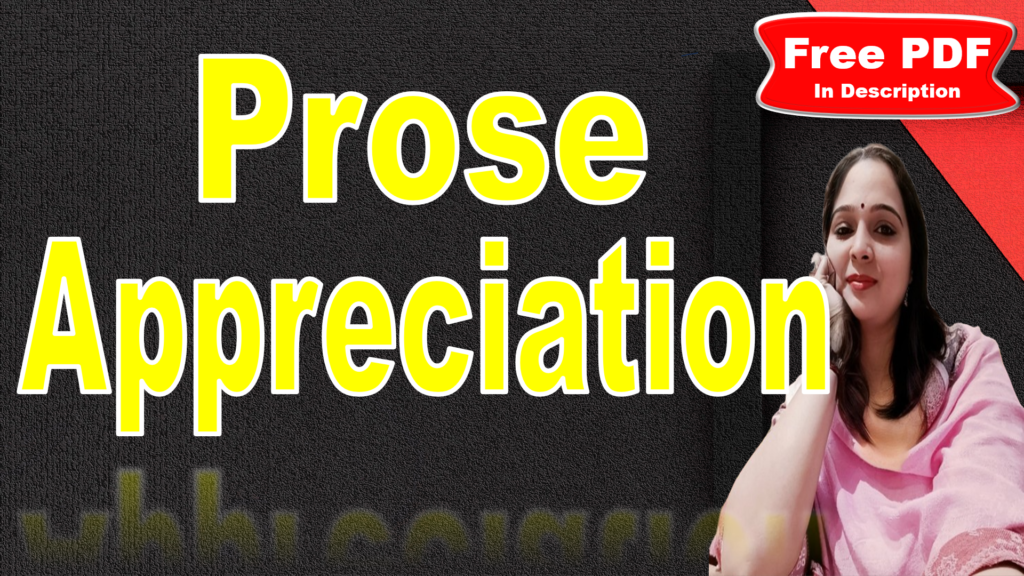
Prose Appreciation | Prose | Prose vs Poetry | Varieties of Prose | Forms of Prose | Prose Devices | Prose Appreciation in English Literature | Free PDF Download – Easy Literary Lessons
Prose
The prose is a form of language that exhibits a natural flow of speech and grammatical structure rather than a rhythmic structure, as in traditional poetry. It is the most typical form of language, applying ordinary grammatical structure and straightforward or direct speech rather than rhythmic structure (as in traditional poetry).
The word “prose” comes from the Latin expression “prosa oratio,” which means “straightforward or direct speech.” Due to its straightforward style, prose is often used for most forms of writing, like novels, short stories, and essays.
Prose versus Poetry
| Aspect | Prose | Poetry |
| Definition | Ordinary written or spoken language without metrical structure. | Literary work in which special intensity is given to the expression of feelings and ideas by the use of distinctive style and rhythm. |
| Structure | Composed of sentences and paragraphs, forming a narrative, descriptive, or expository piece. | Composed of lines and stanzas, with a focus on aesthetic and rhythmic qualities of language. |
| Rhythm and Meter | Typically lacks formal rhythm or meter; follows natural patterns of speech. | Often characterized by a formal rhythm (meter) and sometimes rhyme schemes. |
| Language | Utilizes natural, straightforward language aimed at clarity and directness. | Employs figurative, symbolic, and often condensed language to convey complex meanings. |
| Purpose | Aims to inform, describe, narrate, or explain concepts in a clear manner. | Seeks to evoke emotions, create beauty, and convey deep or layered meanings. |
| Imagery and Devices | May use imagery and literary devices to enhance the narrative but generally sparingly. | Relies heavily on imagery, metaphors, similes, and other poetic devices to create vivid impressions. |
| Readability | Generally easier to read and understand due to its straightforward nature. | Can be challenging to interpret due to its dense, layered meanings and poetic form. |
| Length | Can vary greatly; typically longer works such as novels, essays, or articles. | Varies widely but often shorter; includes forms like sonnets, haikus, free verse, odes. |
| Examples | Novels, short stories, essays, articles. | Sonnets, haikus, free verse poems, odes. |
Varieties of Prose
Prose can be categorized into several types, each serving a different purpose and employing various techniques.
1. Descriptive Prose
Descriptive prose aims to create vivid images in the reader’s mind by detailing the sensory aspects of a scene, person, object, or event. It focuses on evoking a specific atmosphere or feeling through meticulous attention to detail.
Characteristics:
Rich in sensory details (sight, sound, touch, taste, and smell).
Uses figurative language like similes, metaphors, and personification.
Often employs a slower pace to allow readers to fully immerse themselves in the descriptions.
Examples:
1. From “The Great Gatsby” by F. Scott Fitzgerald: “In his blue gardens men and girls came and went like moths among the whisperings and the champagne and the stars.”
This sentence paints a picture of Gatsby’s lavish parties, using color (“blue gardens”) and simile (“like moths”) to create a vivid scene.
2. From “Wuthering Heights” by Emily Brontë: “The narrow windows are deeply set in the wall, and the corners defended with large jutting stones.”
This description gives a sense of the Gothic setting, emphasizing the building’s age and solid construction.
2. Narrative Prose
Narrative prose is the art of storytelling through written language. It’s the most common form of prose found in novels and short stories, where the writer narrates a series of events, often involving characters and a plot.
Characteristics:
Contains a structured plot with a beginning, middle, and end.
Includes characters who undergo development or change.
Describes events chronologically or through flashbacks or flashforwards.
Utilizes dialogue to reveal character and advance the plot.
Examples:
In Ernest Hemingway’s “The Old Man and the Sea,” narrative prose is used to tell a compelling story: “He was an old man who fished alone in a skiff in the Gulf Stream and he had gone eighty-four days now without taking a fish.”
3. Expository Prose
Expository prose is used to explain, inform, or describe a concept or idea in a clear and concise manner. It aims to provide factual information and enhance the reader’s understanding of the subject.
Characteristics:
Clarity: The language is clear and straightforward to ensure understanding.
Organization: Information is logically structured with a clear introduction, body, and conclusion.
Evidence: Facts, statistics, and examples are used to support the information presented.
Examples:
From “The Elements of Style” by William Strunk Jr. and E.B. White: “Vigorous writing is concise. A sentence should contain no unnecessary words, a paragraph no unnecessary sentences, for the same reason that a drawing should have no unnecessary lines and a machine no unnecessary part.”
Expository prose is commonly found in essays, textbooks, articles, and manuals. Its primary goal is to convey information in such a way that the reader can easily comprehend and retain it.
Forms of Prose
Prose can be classified into two main forms based on its function, style, and content.
1. Fiction
Fiction is a form of prose that encompasses imaginary events and characters. It’s a genre where writers have the freedom to express creativity and explore various themes through made-up stories.
Novel
A novel is an extended narrative work of fiction that provides a deep and comprehensive exploration of characters, settings, and plots. Novels often delve into the complexities of human experiences, relationships, and social issues. They typically feature multiple subplots, a wide range of characters, and significant character development over the course of the narrative.
Key Characteristics
Length: Generally over 40,000 words, with many novels exceeding 100,000 words.
Complexity: Multiple characters and intertwining subplots.
Depth: Detailed exploration of themes, character development, and settings.
Structure: Usually divided into chapters, sometimes with distinct sections or volumes.
Examples of Genres: Literary fiction, historical fiction, science fiction, fantasy, romance, mystery, and thriller.
Example: “Pride and Prejudice” by Jane Austen
Short stories
Short stories are brief works of fiction that typically focus on a single plot, one or two main characters, and one central theme. They are usually under 7,500 words and aim to evoke a specific mood or moment. Short stories are known for their brevity and intensity, requiring every word to count.
Key Characteristics
Length: Typically between 1,000 and 7,500 words.
Focus: A single event, character, or theme.
Conciseness: Economical use of language, often with a strong emphasis on brevity and precision.
Structure: May be divided into a few scenes but usually lacks chapters.
Style: Often employs a strong opening to quickly engage the reader, and a memorable closing to leave a lasting impression.
Example: “Living or Dead” by Rabindranath Tagore
Novellas
Novellas are longer than short stories but shorter than novels, typically ranging from about 17,500 to 40,000 words. They focus on a single incident or character but allow for more development than a short story. Novellas often explore a singular idea or theme in depth.
Key Characteristics
Length: Generally between 17,500 and 40,000 words.
Focus: Usually centers on a single incident, character, or theme.
Structure: May have chapters but fewer subplots than a novel.
Intensity: Often more intense and concentrated than a novel, with a clear and direct narrative arc.
Style: Combines the depth of a novel with the brevity of a short story.
Example: “Animal Farm” by George Orwell
2. Non-Fiction
Non-fictional prose is a literary work that is based mainly on fact, even though it may contain fictional elements. It is a type of prose writing that is not fictional, meaning that it is about real events and facts, rather than stories that have been invented.
Essay
An essay is a short piece of writing that explores a specific topic or idea, often presenting the author’s personal viewpoint or argument. Essays can be formal or informal and are used to inform, persuade, or entertain the reader.
Key Characteristics
Length: Typically between a few hundred to a few thousand words.
Focus: Concentrates on a single subject or argument.
Structure: Often follows a clear structure with an introduction, body paragraphs, and conclusion.
Tone: Can vary from formal and academic to personal and conversational.
Purpose: To explore ideas, provoke thought, and communicate a point of view.
Example: “Self-Reliance” by Ralph Waldo Emerson
“Self-Reliance” is an essay that emphasizes the importance of individualism and personal autonomy. Emerson advocates for trusting oneself and maintaining independence from societal expectations.
Biography
A biography is a detailed description of a person’s life written by someone else. It involves more than just the basic facts like education, work, relationships, and death; it portrays a person’s experience of these life events. Biographies are often structured in chronological order and aim to provide an in-depth understanding of the subject’s character and life choices. They are typically written in the third person to maintain an objective viewpoint.
Key Characteristics
Length: Can range from shorter works to comprehensive volumes.
Focus: Chronicles the life of a real person, often in a chronological order.
Research: Based on extensive research, including interviews, letters, and other primary sources.
Objectivity: Strives for factual accuracy and balanced perspective, though it may include the author’s interpretations.
Purpose: To inform readers about the life, achievements, and impact of the subject.
Example: “Steve Jobs” by Walter Isaacson
“Steve Jobs” is a biography that explores the life of the co-founder of Apple Inc., Steve Jobs. It provides a comprehensive look at his career, personality, and contributions to technology.
Autobiography
Autobiographies are personal accounts of one’s life. An autobiography is a self-written account that covers the author’s entire life, while a memoir tends to focus on specific aspects or periods. Both forms are subjective and reflect the personal experiences and perspectives of the author.
Key Characteristics
Length: Can vary widely, from shorter works to extensive narratives.
Focus: Centers on the author’s life, experiences, and personal growth.
Perspective: Written in the first person, providing direct insight into the author’s thoughts and feelings.
Authenticity: Emphasizes personal truth and subjective experiences.
Purpose: To share the author’s life story, personal reflections, and lessons learned.
Example: “The Diary of a Young Girl” by Anne Frank
“The Diary of a Young Girl” is an autobiography that chronicles the experiences of Anne Frank, a Jewish teenager hiding from the Nazis during World War II.
Prose Appreciation
Prose appreciation involves a detailed analysis and appreciation of the various elements that contribute to the effectiveness and beauty of prose writing. This process can help readers and writers understand and appreciate the nuances of prose, including its structure, style, themes, and the impact it has on the reader. Here are key aspects to consider when appreciating prose:
1. Language and Style
Diction (Word Choice):
The choice of words can greatly affect the tone, mood, and meaning of a prose piece. Writers choose specific words to convey particular emotions, create imagery, or suggest certain ideas.
Example: In Charles Dickens’ “A Tale of Two Cities,” the opening line, “It was the best of times, it was the worst of times,” uses contrasting diction to set the stage for the novel’s exploration of dualities.
Syntax (Sentence Structure):
The arrangement of words and the structure of sentences can influence the flow and readability of prose. Varying sentence length and structure can create rhythm and emphasize key points.
Example: Ernest Hemingway is known for his concise and straightforward syntax, which creates a sense of directness and simplicity in his prose.
Tone and Voice:
Tone refers to the author’s attitude towards the subject, while voice is the unique style of the author. Together, they shape the reader’s perception and engagement with the text.
Example: Jane Austen’s ironic tone and witty voice in “Pride and Prejudice” add layers of humor and social commentary.
2. Narrative Techniques
Narrative techniques are the methods that authors use to tell their stories. In prose, these techniques can significantly affect how the story is received and interpreted by the reader. Here’s an elaboration on point of view, characterization, and dialogue:
Point of View (POV):
The point of view determines through whose eyes the story is being told. It shapes the reader’s understanding and emotional connection to the story.
First-Person POV: The narrator is a character in the story, using “I” or “we” pronouns. This POV provides intimate insight into the narrator’s thoughts and feelings but is limited to their knowledge and experiences.
Second-Person POV: This less common POV uses “you” pronouns, placing the reader in the role of the protagonist. It’s often used in interactive narratives like choose-your-own-adventure stories.
Third-Person POV: The narrator is outside of the story, using “he,” “she,” or “they” pronouns. This can be limited to one character’s perspective (limited) or provide insights into multiple characters (omniscient).
Characterization:
Characterization is how authors present and develop their characters.
Direct Characterization: The author explicitly describes a character’s traits.
Indirect Characterization: The author shows a character’s traits through actions, dialogue, thoughts, and interactions with other characters.
Dynamic vs. Static Characters: Dynamic characters undergo significant changes throughout the story, while static characters remain largely unchanged.
Dialogue:
Dialogue is the spoken words between characters. It’s a powerful tool for characterization and advancing the plot.
Character Development: Dialogue can reveal a character’s personality, background, and motivations.
Plot Advancement: Conversations between characters can introduce new plot points or build tension.
Realism and Voice: Good dialogue mimics real speech patterns and gives each character a distinct voice.
3. Themes and Ideas
Themes and ideas are the foundational thoughts and messages that run through a piece of prose. They are the underlying elements that give depth to the story and often prompt readers to think more deeply about life and society. Here’s an elaboration on central themes, motifs, and philosophical insights:
Central Themes:
Central themes are the main ideas or messages that the author wants to convey through the narrative. They are often universal concepts that resonate with readers on a personal level.
Examples of Themes: Love, loss, redemption, courage, and freedom are common themes that may be explored in prose.
Development of Themes: Themes are developed through plot events, character experiences, dialogues, and the setting.
Motifs:
Motifs are recurring elements within a story that help to develop and inform the text’s major themes.
Types of Motifs: Motifs can be symbols, sounds, actions, or words that have significance to the story’s themes.
Function of Motifs: They reinforce the themes by providing a tangible form to abstract ideas and often contribute to the mood or atmosphere.
Philosophical Insights:
Philosophical insights in prose offer profound observations about life or society. They encourage readers to reflect on their own beliefs and the world around them.
Nature of Insights: These insights can challenge societal norms, question human existence, or explore ethical dilemmas.
Impact on Readers: Philosophical insights can leave a lasting impression by provoking thought and potentially altering perspectives.
